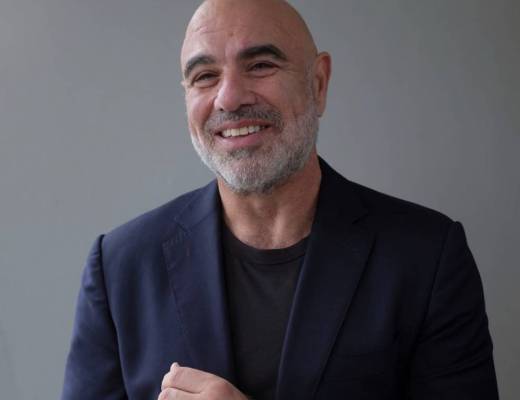The Psychology Behind Financial Decisions
What struck me most about Antonio’s call was his admission that his spending habits were inspired by “The Wolf of Wall Street.” This reveals a crucial truth about debt: it’s often driven by ego and lifestyle aspirations rather than necessity. When Antonio started making “crazy good money” during COVID, he justified $10,000 credit card purchases thinking he could easily pay them back. This mindset trap is common. We convince ourselves that high income justifies high spending, but this ignores the fundamental principle of wealth building: it’s not what you make, but what you keep that matters.The Debt Snowball: Simple Yet Powerful
Ramsey’s advice to Antonio follows his classic Debt Snowball method, which I’ve seen transform countless financial situations:- List all debts from smallest to largest (regardless of interest rate)
- Make minimum payments on all debts except the smallest
- Attack the smallest debt with every extra dollar available
- Once the smallest debt is paid, roll that payment into the next smallest
Radical Lifestyle Changes Are Necessary
The most powerful moment in the call came when Ramsey’s co-host addressed Antonio’s ego. She pointed out that solving his financial problems would require humility and letting go of status symbols. This is perhaps the hardest part of financial transformation. For Antonio, the prescription was clear:- Sell the boat (potential $7,000 profit)
- Sell the RV (break even)
- Sell the girlfriend’s car (potential $3,000 profit)
- Sell the Mustang (small loss)
- Consider downsizing the upside-down truck
Income Is Not the Problem
Antonio’s situation perfectly illustrates that high income alone doesn’t solve financial problems. With a six-figure annual income, he should be building wealth, not drowning in payments. This reinforces my belief that financial education is critically lacking in our society. I’ve seen this pattern repeatedly: as income increases, lifestyle inflation follows. Without intentional money management, higher earnings simply lead to higher spending and often, higher debt. What’s particularly concerning about Antonio’s case is that he works as a finance manager. This demonstrates that even financial professionals can make poor personal money decisions when emotions and ego drive spending.The Path Forward
The solution for Antonio—and for anyone in similar circumstances—requires both mathematical and behavioral changes. Selling assets, cutting expenses, and following the Debt Snowball method addresses the numbers. But the deeper work involves changing one’s relationship with money and status. Financial freedom requires rejecting the notion that your worth is tied to your possessions. It means embracing temporary sacrifices for long-term security. For Antonio, this means being “the man” financially rather than appearing wealthy through financed possessions. I believe Antonio can turn his situation around completely within 2-3 years if he follows Ramsey’s advice. With his income, debt-free living is absolutely achievable—but only if he’s willing to make the hard choices now. The lesson for all of us is clear: financial success isn’t about income level—it’s about the gap between what we earn and what we spend. By widening that gap and using the difference to eliminate debt and build wealth, we can achieve true financial freedom regardless of our income bracket.Frequently Asked Questions
Q: Why does Dave Ramsey recommend paying off the smallest debt first instead of the highest interest rate?
The Debt Snowball method focuses on behavior change rather than pure mathematics. Paying off smaller debts creates quick wins that provide psychological momentum. This motivation helps people stay committed to their debt payoff journey, which is often more valuable than the small amount saved by targeting high-interest debt first.
Q: How can someone with a normal income apply these principles if they don’t make $15,000+ monthly like Antonio?
The principles work regardless of income level. The key is creating a gap between income and expenses, then using that gap strategically. Someone making $4,000 monthly who spends $3,000 has more financial freedom than someone making $15,000 but spending $14,500. Focus on reducing expenses, selling unnecessary assets, and applying every extra dollar to debt elimination.
Q: Is it really necessary to sell paid-off assets or those with equity when tackling debt?
Yes, especially for high-value items with ongoing costs like boats, RVs, and extra vehicles. These assets typically have insurance, maintenance, storage, and other expenses that drain monthly cash flow. Selling them provides an immediate cash infusion to reduce debt and eliminates the ongoing expenses, creating more monthly margin to tackle remaining debts.
Q: How long does it typically take to become debt-free using the Debt Snowball method?
The timeline varies based on debt amount, income, and commitment level. Most people who follow the plan diligently can eliminate all consumer debt (excluding mortgage) within 18-36 months. The key factors are how aggressively you cut expenses and increase income, and whether you avoid taking on new debt during the process. The more radical your approach, the faster your progress.







